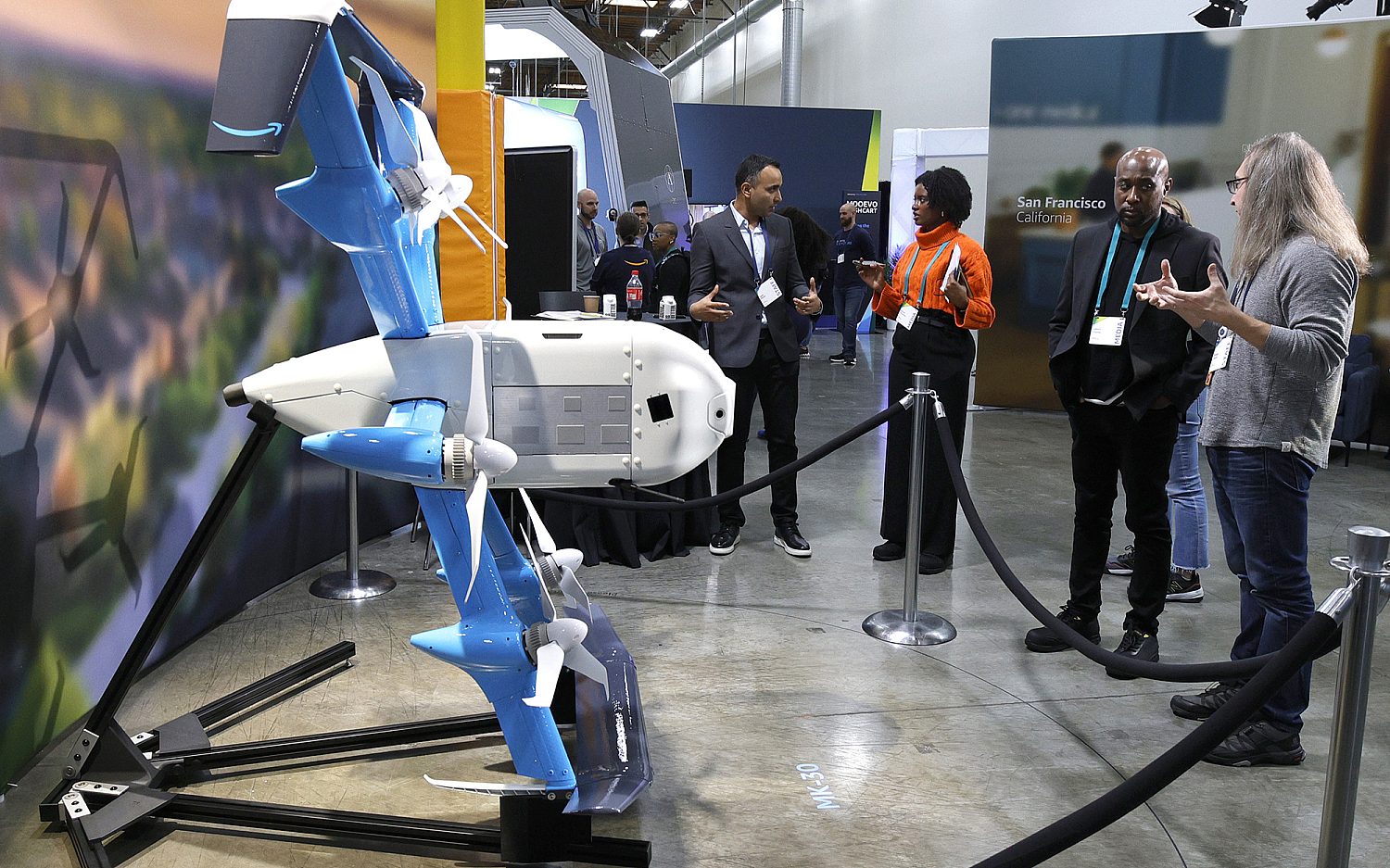Petri dish brain reignites embryonic stem cell debate
Researchers at a Vienna laboratory have grown the first miniature brains produced from the stem cells of human embryos, according to a recent article in the journal Science. Although many in the scientific community hailed the experiment as a breakthrough, it raises ethical questions about making progress while destroying embryos made in the image of God.
Scientists have long known that stem cells taken from human embryos and left in a lab dish will differentiate into a variety of different tissue types, including beating heart cells, simple neurons, hair, and even teeth. But this is the first time scientists have been able to produce this level of cell organization.
Developmental geneticist Madeline Lancaster and her colleagues hope these tiny clusters of human brain cells, referred to as “cerebral organoids,” will help them to study brain diseases. When lab members looked inside some of the cerebral organoids, they found structures that resemble the cerebral cortex (the brain's outermost layer), the choroid plexus (the cavity in the brain that produces fluid that cushions the cortex), and eye tissue.
While those who support embryonic stem cell research will sometimes admit that embryos are, at the very least, potential persons, they often take the utilitarian view that the ultimate good comes from what produces the greatest happiness or comfort for the most people. While it may be relatively easy to view a cerebral organoid as simply a means to an end, it is a different matter for those who see an embryo as an early stage human baby.
“For those suffering from Parkinson’s disease, spinal cord injuries and other medical disorders, the desire for this research to go forward is easily understandable, their lives are deeply affected, but it does not justify sacrificing other human beings,” said Dr. Misti Grimson, medical director for the Miami Valley Women’s Center, near Dayton, Ohio. Her three children were adopted as embryos and otherwise likely would have been discarded.
Most of the embryos used in stem cell research come from batches created for IVF pregnancies but never implanted. According to The Telegraph, recent statistics indicate that since August 1991, IVF procedures have created more than 3.5 million human embryos but produced only 235,480 successful implantations. Of the embryos not used, at least 5,900 were set aside for scientific research.
Researchers are developing ways of obtaining stem cells from other sources, such as adult skin cells or umbilical cord blood, but they say those stem cells have not proven as useful as stem cells gained from human embryos.
Still, an embryo’s scientific usefulness doesn’t negate its life, Grimson said: “In the right environment, these embryos can go on to become a human being. The potential for life is the same as a life.”
An actual newsletter worth subscribing to instead of just a collection of links. —Adam
Sign up to receive The Sift email newsletter each weekday morning for the latest headlines from WORLD’s breaking news team.





Please wait while we load the latest comments...
Comments
Please register, subscribe, or log in to comment on this article.